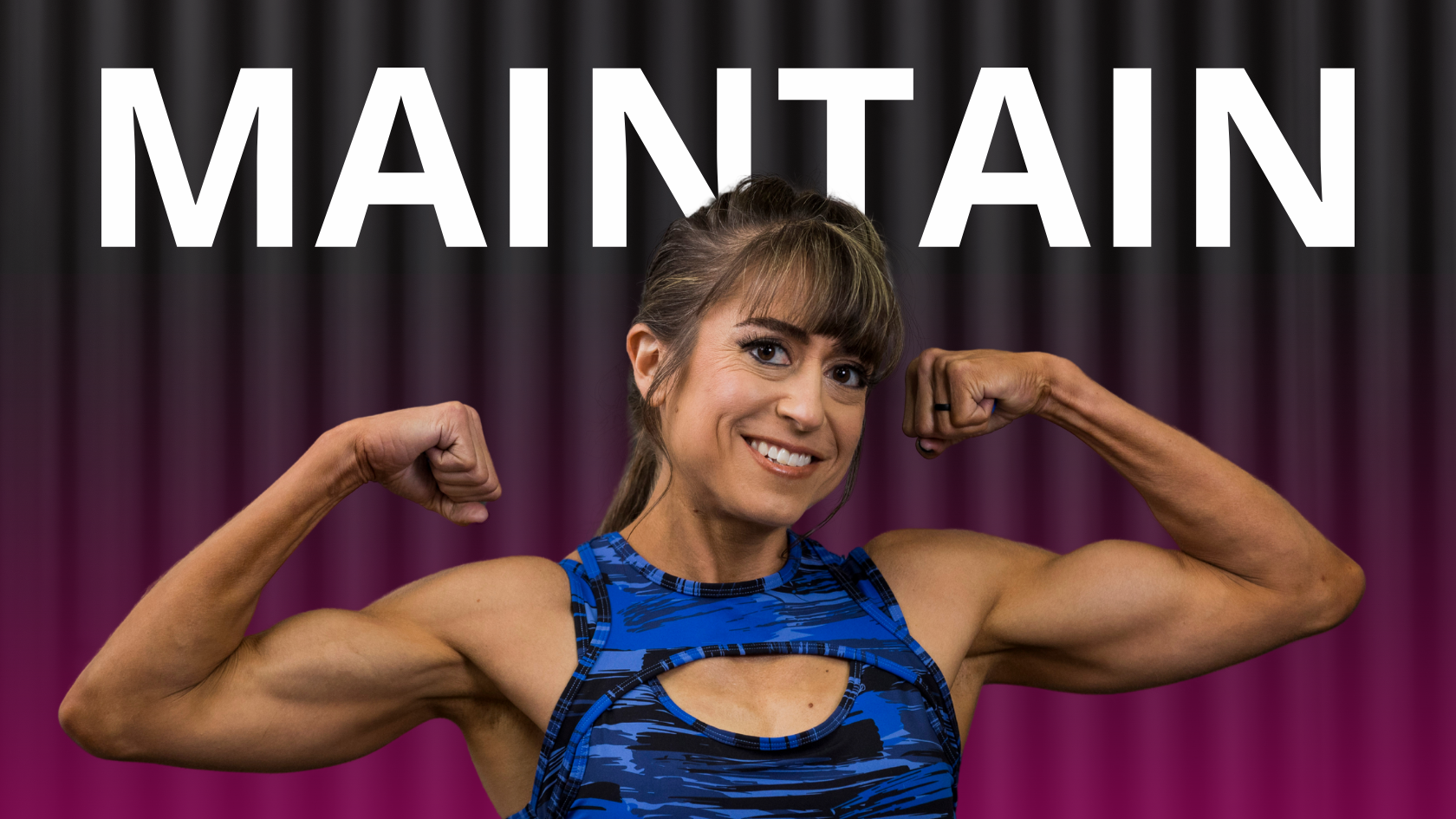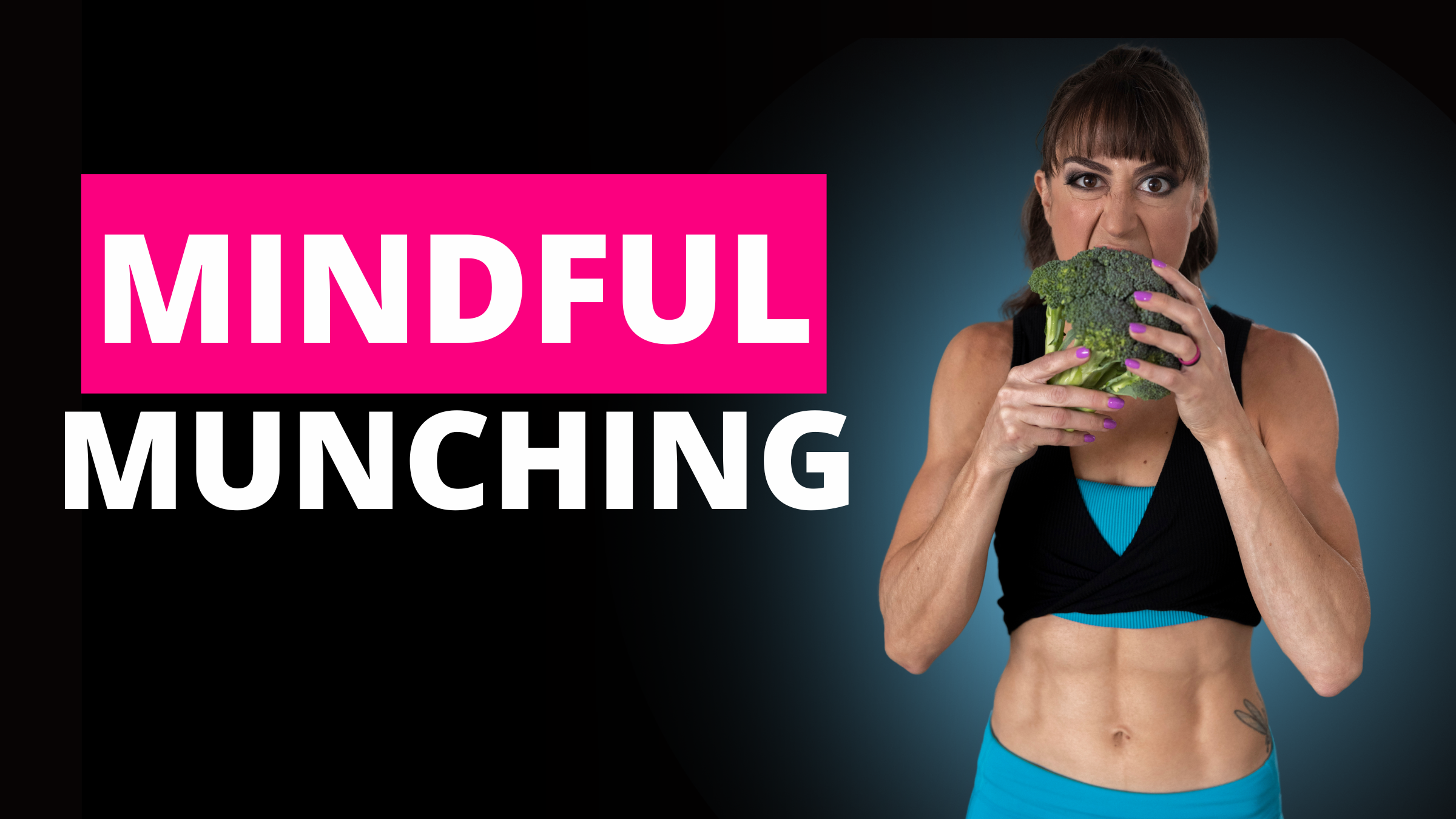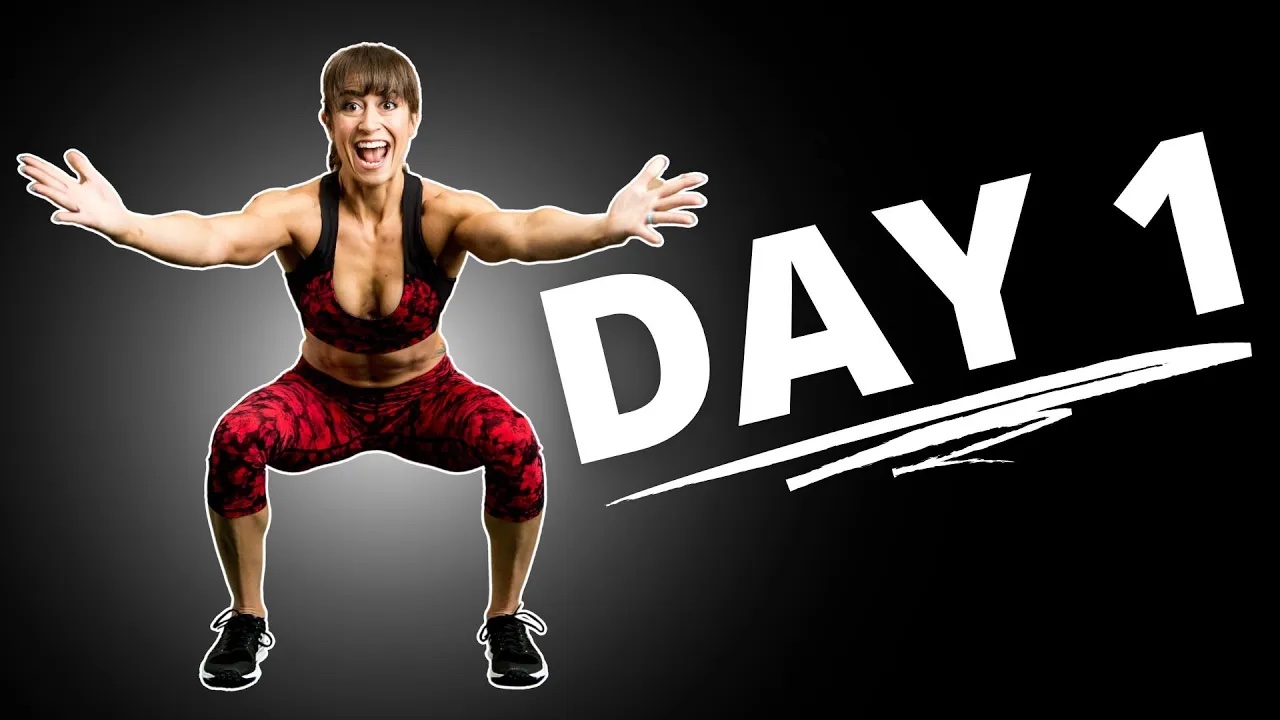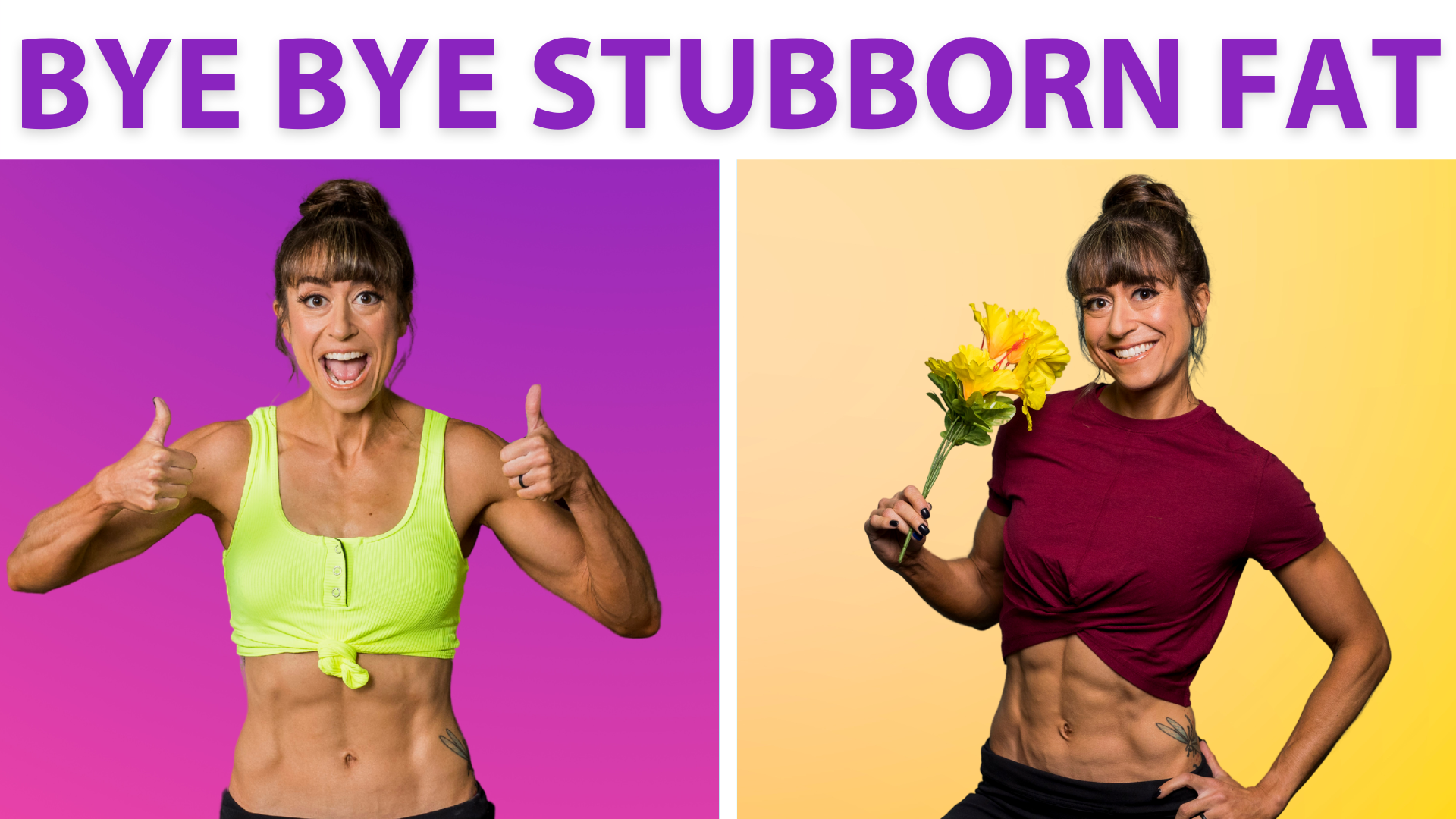
How To Maintain Weight Loss (10 Tips For Long Term Success)
Change Requires CHANGE
If you’re feeling stuck and know deep down that you could be doing better, don’t wait any longer. Your life is not going to change until you take action and make a bold move towards your goals. If you’re ready to take control of your life and start moving towards the results you want let us help you achieve your goals. ⬇️
Change Requires CHANGE
If you’re feeling stuck and know deep down that you could be doing better, don’t wait any longer. Your life is not going to change until you take action and make a bold move towards your goals. If you’re ready to take control of your life and start moving towards the results you want let us help you achieve your goals. ⬇️
Transcript:
Open Transcript:
Cori (00:00):
Welcome to the Redefining Strength Podcast. Everything you need to succeed on your health and fitness journey, even the stuff you don’t want to hear, you lost the weight, you feel amazing. The question is now what? Often we get really good at the weight loss phase of things and then all of a sudden we start to self-sabotage. Let those habits slide. Think about not tracking things that we’ve been tracking. We let a miss workout slip in. All of a sudden we find ourself back at square one, all our old habits back in place and having regain the weight and potentially even more. And then we again find another program. We go back on a diet, we get really good at that dieting down. The question is how do we maintain our results? And this is a difficult thing because what you do to lose the weight is not what you do to maintain it, but you can’t go back to old habits or you’ll get an old result, which is exactly what we want to avoid.
(00:58):
So I want to give you 10 tips to help you maintain those results, and it’s really key when we think about maintenance, to not think about we’re creating one lifestyle in one form forever. Because I do think when we think maintaining, it’s like, oh, so I just do the same thing forever. Well, no, nothing in your lifestyle is ever standing still. So going into the 10 tips, number one, expect fluctuations. Your scale is going to still fluctuate if you’re using your scale as a measurement tool, even your body measurements, if you’re doing that or progress pictures, they’re going to fluctuate. Your body is a living organism. You drink water, you’re going to gain weight. You might see a little bloat with certain foods. You might see more or less definition based on if you’re retaining water or you had a hard workout. Yes, if you had a hard workout and you really worked your triceps, they might not be as defined the next day because there might be muscle tissue damage, so expect fluctuations.
(01:49):
That’s why you have to watch trends over time and it’s why you almost have to set boundaries or bumpers on your bowling alley lane, right? You’re trying to always bowl a strike. Give yourself those bumpers to keep you in line. So give yourself the top end of a range and a bottom end of a range to allow yourself to watch those deviations but not panic at each and every one. And especially when coming out of that deficit, you want to do it slowly to transition into maintenance, and I say transition because you do have to retrain your body to eat more, but as you’re transitioning your calories up potentially from a fat loss phase, your muscles are going to store glycogen and water weight and especially the more muscle you have, the more storage capacity you have, but you’re going to see the weight creep up a little bit because you’re simply not depleted of everything.
(02:32):
So you’re going to have to expect that as you’re transitioning to maintenance, you’re going to see the scale go up a little bit and then you’ll find that balance, and that’s where taking measurements and progress pictures can also come in really handy and doing it very slowly and still tracking through this process, which I can’t highlight enough, is really key because you can see yourself doing the healthy habits that you know will lead to results and then you’ll adjust your macros and the longer you maintain your results, the easier it gets. The exact same thing that made it hard to lose. The fact that your body does not want to change from its setpoint is what makes it easier and easier over time to maintain your new result because your body adapts to fueling in that way to training in that way, and maintaining that weight has that balance and functioning at that balance.
(03:13):
So embrace the fluctuations as your first transitioning to maintenance and starting to maintain, and even over the course of the year, you’re going to be more or less focused on this, which I’ll touch on more a little bit in a bit. But next, don’t restrict the fun stuff as you go to maintaining your goal is to still keep potentially tracking, still keep in that workout routine, but start to add in more of those things that strike that lifestyle balance. Because if we don’t start to loosen the reign strategically, we’ll end up loosening them anyway and we won’t be in control of how we have, and then we’ll start to see that backslide where it’s like, oh, well this doesn’t matter or that doesn’t matter, and all of a sudden it really does matter because we’ve regained all the weight and we’ve lost all the healthy habits that we really worked hard to ingrain the environment that we worked worked hard to create and the mindsets that we worked hard to have.
(03:57):
So you want to loosen the rain strategically. If you’re still tracking, let’s just say you’re doing 40, 30, 30 as your macro ratio. Work in a few foods that you know aren’t as healthy or aren’t as clean. Try to work in a new restaurant or say, Hey, I am actually strategically going to go to a protein minimum and a calorie cap and now work in some of the foods and see that balance, but work in some fun things so that you can start to see how maintaining can be that lifestyle balance. The sooner you can do that, even as you’re maybe at the end of your weight loss phase, the better. Of course when you’re trying to push that new level of leanness, there is some precision involved and that might not be the time to play around with it, so it depends on your goal, but in transitioning, you can’t just stay depleted.
(04:36):
You can’t just stay restrictive. You’ve got to find that balance. And so finding ways to work things in is super key. Little by little overthinking, it has to be perfection or not because that’s where we get into dieting down, losing the result, dieting down, losing the result when we think restriction or perfection. So work in those fun things, work in a cocktail, work in dinners out, include those things, but you have to loosen the reins and that’s where you also have to embrace those little fluctuations from salt or water weight being gained when you go out. Then number three, use mini cycles. So this is what I was sort of touching on before. You’ve got to embrace over the course of the year that you’re going to be more or less dedicated to different things, and maintaining doesn’t mean maintaining one weight the entire time.
(05:16):
You have to even set different goals. I’ll set a muscle building phase where I know I might get a little fluffy, but I’m going to add muscle or I’ll set a fat loss phase where I want to look extra great for this vacation, so I’ll do a little mini cut, but set those little mini cycles because they also give you a focus to keep wanting to move forward, but while allowing you to shift those habits to meet where you’re at during the holidays, say, Hey, during the holidays I want a better lifestyle balance. This is not the time I’m going to drive for fat loss. I’m going to maybe even embrace just maintaining my result right now with including more fun foods. But think about mini cycles based on the time of year and the schedule that you have, the mindsets that you have, the things you want to do, and then set goals that compliment.
(05:54):
Don’t set your mini cut fat loss phase during Christmas. If you really like Christmas cookies say, Hey, I’m going to do this in January after maybe enjoying a few cookies extra, but I’ll set actually a muscle building phase to even set myself up better for that fat loss phase. Now, this is an excuse to just forget all the healthy habits that you have, but it’s managing your expectations to be in line with what you also need, which ultimately creates a better maintenance for me. For the longest time I wouldn’t track during the holidays and I realized that was actually sabotaging me, even though I could get away with it during the summer because I was using the excuse, oh, I don’t need to track. I did it for this period and didn’t track and was fine to really eat whatever I wanted and not do any of the things that I should.
(06:33):
So now during the holidays I do track with just minimums that I hit to keep me in line, and that ended up turning into more intensive tracking, which actually felt really good while still working in a balance. So things will shift, but recognize even the excuses you’re making and how you can create that balance to maintain within a range while allowing yourself some flexibility. Then number four, chase performance goals. You need to have a focus. If we don’t have direction, we’re driving around aimlessly and that’s often where we end up lost or potentially just going back to where we started, if you don’t know where you’re going, you’re going to go home. And so that’s where we see ourselves regaining the weight. So set performance goals. That might mean lifting more in the gym. It might mean testing out a new workout program. It might even mean saying, Hey, how can I get away with doing 15 minutes and see if I can maintain my results so it doesn’t just have to directly be lifting more or doing a race, even though those can be great options.
(07:23):
It can even be how can I meet myself where I’m at seeing performance improvements or maintaining my results with testing out this new thing where I have an end date and I think that’s the key point. I have a focus. I have an end date. I’m going to commit and test and be consistent and track my progress in this area towards that, where I’ll even go on a slight deviation from the performance goals and say, maybe it’s that you’re working in new recipes or new meals out, and that’s your focus of how you can create that balance, but you need that outside goal. And I do like performance goals because I think it puts the emphasis on doing the healthy habits that still fuel us and also even really in building muscle, which preserves our metabolic health as well, and it can be really fun to see what you can conquer and overcome.
(08:02):
Then number five, track strategically, especially when you’re first coming out of the fat loss phase, I would tell you please try to track just as intensively as you did, and I know we can be a little burned out if we’ve been dieting for longer on all the healthy habits that we’ve been doing because even things we know we should do or weren’t. That bad effort at some point becomes greater just because we mentally fatigue or our life has shifted, but track strategically and really be intensive about it being like, Hey, now I can work in more fun things, but I’m going to log everything. Or if you’re like, Hey, I really need this balance and the effort has become a little too much, how can I go to more minimalist ratios maybe or bump calories or do different things that allow you to still measure because what you measure you can manage, but it gives you that tracking and that data but in a way that allows you to keep going with it.
(08:47):
So assess your mindsets at the end when you are transitioning to maintenance, but give yourself that data. Something we so often don’t do, and that’s why we think eating more or changing our habits resulted in us regaining the weight when it’s really not that. It’s really that we weren’t tracking anything and we didn’t realize how much everything went off. So track strategically and then as you maintain for longer, you may take time where you don’t track, but then maybe you do log a few things to get some new meal prep in line and really reassess your portions if you feel like you’re gained a little bit weight that you don’t want to gain or you track really intensively for a mini cut or you track even intensively for a muscle building phase because you want to be very strategic. So it’s allowing that tracking to evolve and how you do it to meet yourself where you’re at, but knowing that that is a tool that you should always return to just to keep yourself in line with those little bumpers that you’ve set for yourself.
(09:32):
Number six, motivational fade. You’re not always going to be motivated. Own it when you feel the effort of the habits you’re doing becoming greater than they feel worth, really assess what’s shifted in your life and how you can meet yourself where you’re at because too often we don’t go to doing the minimum to keep moving forward and maintenance is still moving forward. We don’t do the minimum to keep something in there. Instead we just say, oh, well I deserve this, and that’s where the self-sabotage creeps in and we don’t track anything versus seeing even just tracking calories as still being something that keeps the boundaries on it. So make sure that you recognize motivation will fade and meet yourself where you’re at, especially during maintenance. We got to set even that clear direction because we don’t have direction. We get even more unmotivated often. Then number seven, embrace your minimums.
(10:13):
I’ve been talking about this one a lot, but it’s so key. Finding the least amount you can do in order to maintain your results at times is really important. I know there are certain times a year where I’m really busy. I’m like, okay, I’m going to do three days a week and I’m going to design for this and I’m going to just track my protein and make sure I’m not going over my calories. I’m not going to worry about food quality at all, which might sound horrible, but I know that’s the minimum I need to do to maintain, and ultimately often when I do that and give myself grace and permission before that time even comes to start doing that, I want to do more because I feel successful. I don’t feel restricted, I don’t feel pushed into something. I don’t feel like the effort isn’t worth it.
(10:50):
So often proactively even backing off or recognizing that you can back off allows us to do more because we don’t feel so pressured or pushed or overwhelmed by the idea of trying to maintain something. So recognize what can be minimums for you to keep you moving forward even during those toughest of tough times as a good thing and the more you embrace it as a good thing versus, oh, I’m not being perfect, the more you’re going to do them and the more you’re actually going to do more, which ultimately will lead to better results. Number eight, don’t diet on holidays or vacations. So you know what I will tell people sometimes when they’re on a fall loss phase, Hey, you got to find this balance if you want results at X speed, I’ll be very honest about that. If you want results yesterday and you’re going on vacation, that might look very different than what you do when you’re on vacation and maintenance because you get more flexibility the more you’re at that set point and they could choose a different balance if they want to go a little bit slower, but it’s owning our decisions and choices with that and then recognizing that especially in maintenance, that’s not necessarily the time to restrict.
(11:46):
I mean, if you want to set your fat loss goal over the holidays, great, that’s you, do you? But remember that you’re also sticking to all these healthy habits so that you can have more times where you go on vacation and you just enjoy. Maybe you have different boundaries that you set for yourself or you enjoy the holidays, and this isn’t an excuse to enjoy every day because we could make the excuse that every day is legendary, but then no day is legendary. So just recognize that you do do these other healthy habits to have times where you might not do what you should, and that’s a okay, that’s the whole point of consistency long-term. Then always have a day after plan, so the more you’re maintaining, the more you’re going to find that you do have that weekend day where you do something or that holiday or that vacation.
(12:27):
The key isn’t restricting on those days, and I would even argue during a fat loss phase, the key isn’t restricting on those days or not having the occasional day. You don’t do what you should. It’s always the day after because if you really think about it, even if you give yourself 65 days a year, there’s 300 some odd other days that often we aren’t optimizing to see results. We come back from vacation, we don’t have stuff in the refrigerator, we don’t have meal prep, and all of a sudden that day that we came back becomes the day after and becomes the next week we’re starting. So we really want to make sure that whatever happens if we have a day off plan, we have that day after plan because that gets us right back in line and often makes that other day not only really enjoyable, but keeps us moving forward towards our goals.
(13:09):
So have that day after plan and know that as you’re trying to learn what works for you, you might hit on some things that don’t feel guilty. Just assess, Hey, why didn’t this work for me to get me back on track? Or what do I need to get back on track? That might mean doing a mini cut around vacations. It might mean not doing it and doing the exact opposite and going to minimum so you don’t feel restricted, but it’s assessing what you need to get back to doing the habits that will ultimately move you forward. Because the more time we have off of them, the more we fall back into an old pattern that we probably don’t want. One day is just a deviation, but 2, 3, 4 becomes that pattern becomes a slipping back into old habits and routines. Last thing, tip number 10, keep it fresh.
(13:49):
You get bored with doing the same thing and I actually like doing the same meal prep for a very set amount of time, and all of a sudden it’ll be like one day I wake up and I’m like, all right, I’m sick of this. I don’t want to do this anymore even though I did it for the last few months. Right? So fresh can mean a lot of different things. It doesn’t mean you have to include diversity every single day, but don’t be afraid to evolve things even as you’re maintaining. Shift your macro ratios, even if you’re seeing results on one, just to give yourself different meal prep type stuff. Try different meal prep companies. Try different recipes. Try different ways of planning, try different workouts even if something’s working, it’s not bad over time to adjust to just test because we do kind of like shiny and new.
(14:27):
We’re always hoping for a magic pill or quicker fix, so don’t be afraid to keep things fresh as you’re maintaining. Again, the worst thing we can do for ourselves is think that with maintaining, we’re doing one thing for the rest of our life because we’re not. Your body, your lifestyle, your needs, your goals are going to shift even as you’re maintaining and you might want to gain a little muscle, you might want to lose a little fat, you might want to train for this race. You might have the schedule that makes it not as easy to train in the way that you were adjust and adapt, and the more you do that, the better you’re going to see your results really be maintained longterm. Remember, it’s not a set it and forget a thing. Life is constantly about improving and growing. Give yourself the opportunity to really maintain your results through constantly meeting yourself where you’re at.
*Note: This transcript is autogenerated there may be some unintended errors.










